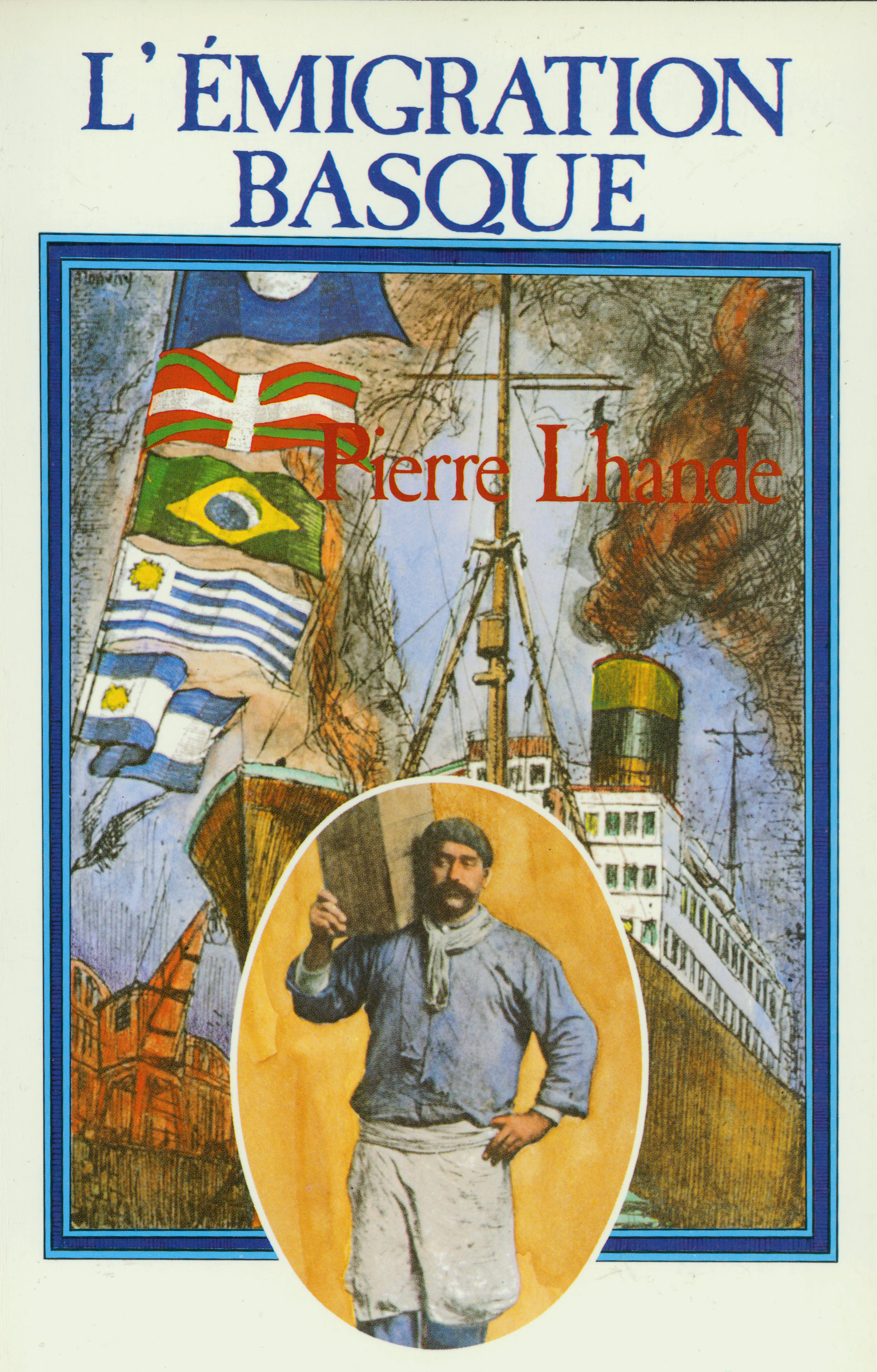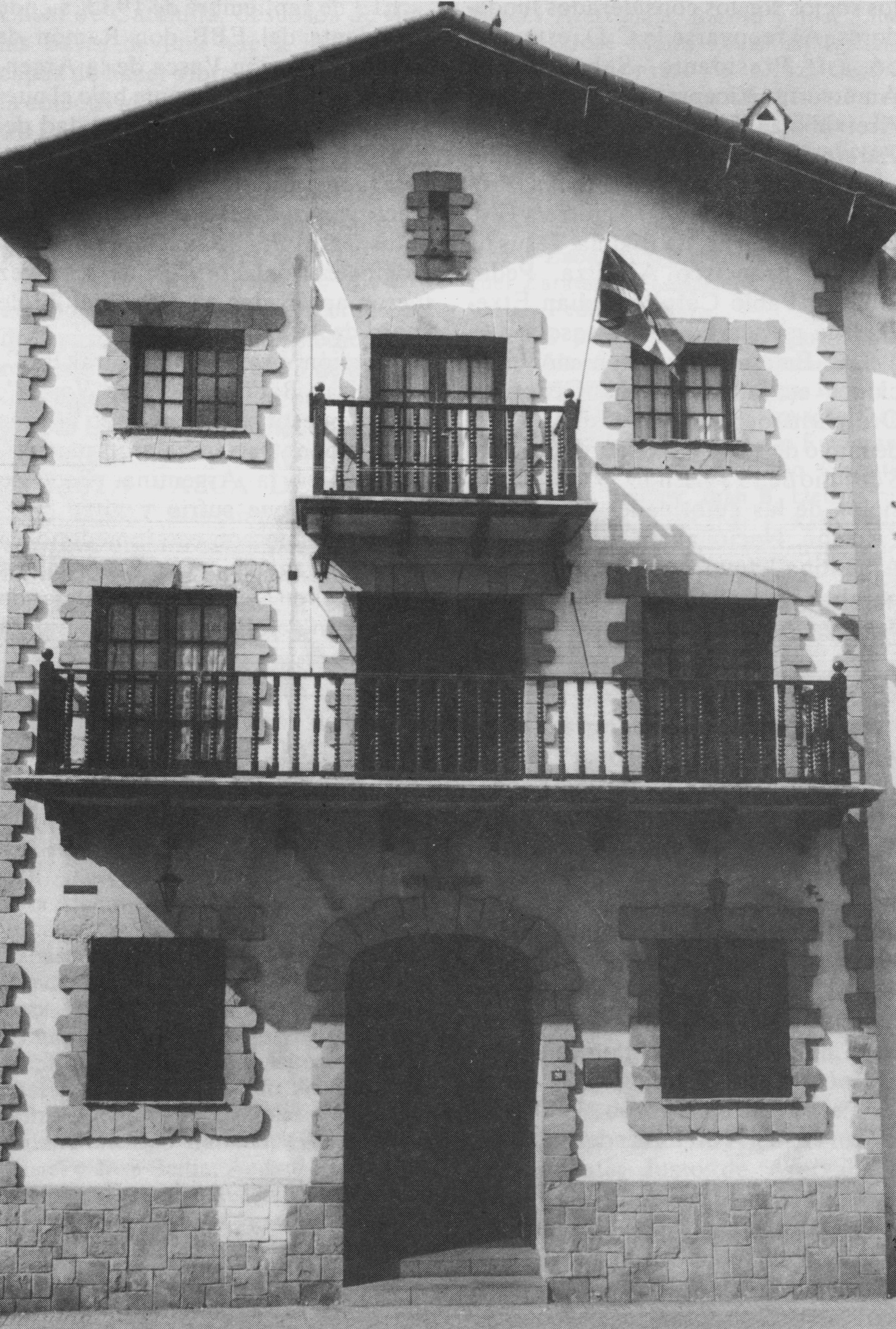Basque ethnography at a glance

The first edition was published in Paris in 1910. Euskal Biblioteka. Labayru Fundazioa.
The first great migration of Basque people to America took place in the 16th and 17th centuries following its discovery. Let us just mention the names of two notable Basque men, Juan de Garay and Bruno Mauricio de Zabala, founders of Buenos Aires and Montevideo respectively.
So large and significant was the Basque diaspora to South America, particularly to Argentina and Chile, Unamuno used to say the Company of Jesus and the Republic of Chile are the two great achievements of the Basque people.
During the 19th century there were large-scale migration flows from the Northern Basque Country to America, to the point that over two years the number of Basque emigrants equalled those who stayed in Iparralde. It is interesting to note that the Congregation of the Sacred Heart of Jesus of Betharram, known as Betharramites and established by Saint Michel Garicoits, expanded rapidly in South American countries with the intent of meeting the religious needs of the Basque population.
Both in former times and more recently in the aftermath of the loss of the charters, hordes of Basques moved to America in order to avoid mandatory military service, enlistment or conscription.

The Zazpirak-Bat Basque cultural centre in Rosario (Argentina). Euskal Biblioteka. Labayru Fundazioa.
A second large wave of emigration happened between the end of the 19th century and the beginning of the 20th whereby Basque settlers in Argentina and Chile left for North America. The Basque community in Argentina carried out an enormous amount of editorial work. There emerged the illustrated magazine La Vasconia and later Ekin Publisher, responsible for around 120 titles and the American Institute of Basque Studies Bulletin (Boletín del Instituto Americano de Estudios Vascos).
Either endeavouring to provide for their extended families or eager to find fortune (hacer las Américas as it came to be said), they were many from the peninsular Basque Country who travelled to California to work as shepherds…
The last great migration was a consequence of the Civil War in 1936 and had Venezuela as a major destination. The Basque expatriates made a substantial contribution to journalism, publishing as well as radio broadcasting, and became the main support of the Basque government in the exile.
We shall finish with a quote by Pierre Lhande: Pour être un Basque authentique, trois choses sont requises: porter un nom sonnant qui dise l’origine; parler la langue des fils d’Aitor, et… avoir un oncle en Amérique ‘To be an authentic Basque there are three requirements: to bear a sonorous family name, to talk the language of the sons of Aitor and… to have an uncle in America’.
Segundo Oar-Arteta – Etniker Bizkaia – Etniker Euskalerria Groups
Translated by Jaione Bilbao – Language Department – Labayru Fundazioa

